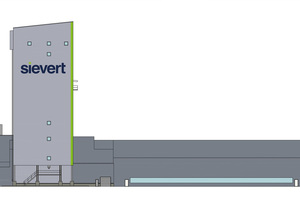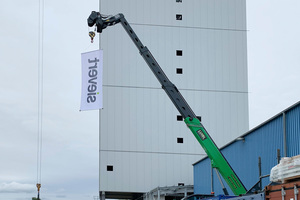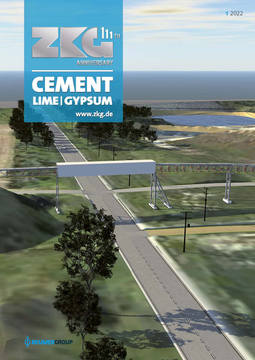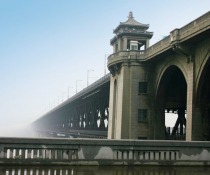Rosenau II: One of Europe’s most modern dry mortar plants starts production
Sievert SE, one of the market-leading suppliers of premium building materials in Europe, headquartered in Osnabrück/Germany, has started up one of the most modern and energy-efficient dry mortar plants in Europe: “Rosenau II” has an annual capacity of over 100000 t. Sustainable dry construction materials of the brands quick-mix, akurit, tubag and strasser, which belong to the umbrella brand Sievert, are produced. Sievert is thus setting new standards for the production of dry mortar throughout Europe.
Rosenau II operates in a particularly energy-efficient and sustainable manner: In addition to a high degree of automation, Sievert has placed great emphasis on sustainability, especially with regard to the use of energy. The heating for sand drying is CO2-neutral and the use of waste heat for the mixing plant is implemented in forward-looking concepts. For example, part of the electricity consumption is covered by an on-site photovoltaic system via its own feed-in.
“Innovation and sustainability are part of our Sievert DNA. For us, this means continuously optimizing not only the building materials themselves, but also their production - because sustainable construction starts with the production of building materials. With Rosenau II we are now setting a new benchmark for the innovative production of sustainable dry construction materials,” says Jens Günther, CEO of Sievert SE.
After a construction period of eleven months, Sievert started up the new plant in Mamming-Rosenau near Dingolfing on January 3 as scheduled. The new building with a construction height of 45 m comprises almost 14000 m2 of production, storage and handling areas – Sievert SE and its decade-long cooperation partner Karl Mossandl GmbH & Co. have invested over ten million euros for this purpose.
Sustainable dry construction materials under the Sievert umbrella
At the new Rosenau II plant, Sievert SE produces all plasters, mortars, and adhesives for its quick-mix, akurit, tubag, and strasser product brands. These include, for example, gypsum plasters, lime and lime-cement plasters of the akurit brand, such as the lime-cement plaster MEP, which is most popular with specialized tradesmen, or the lime interior plaster line KIP, which is suitable for allergy sufferers. All masonry mortars from the quick-mix product range are also produced in Rosenau, including, for example, the S-FM grout with Secon binder technology. Trass mortars from tubag, the premium brand for gardening, landscaping and road construction, as well as products from strasser for the professional laying of tiles, slabs and natural stone coverings are also manufactured in Rosenau.








